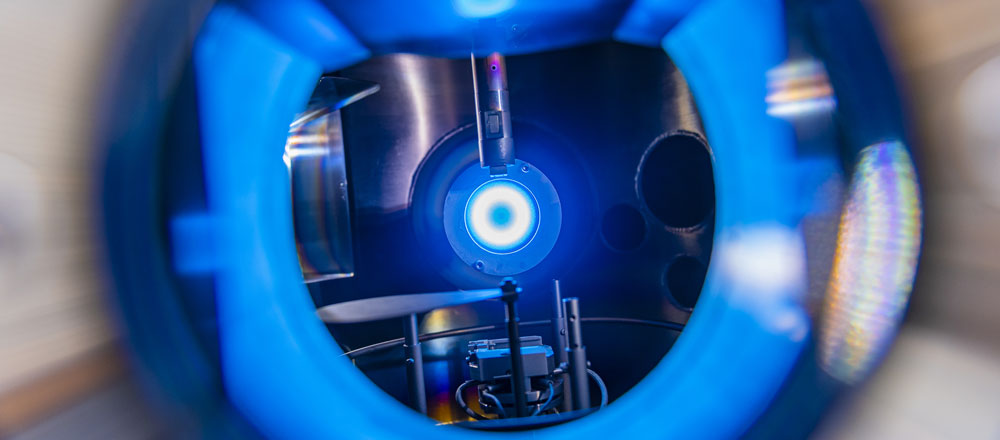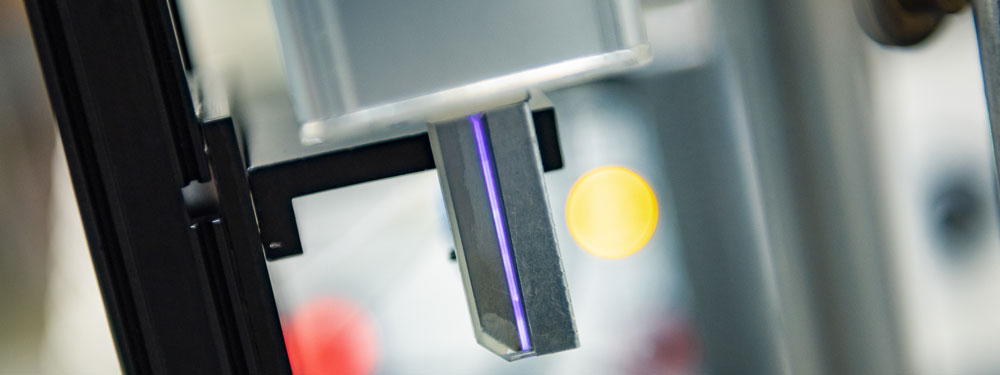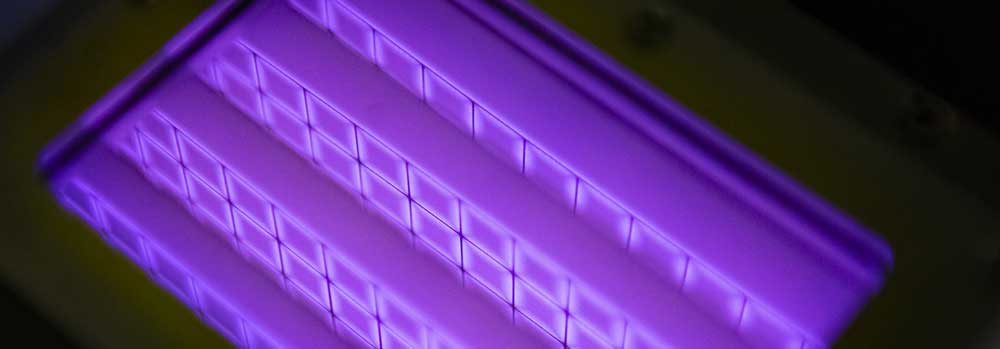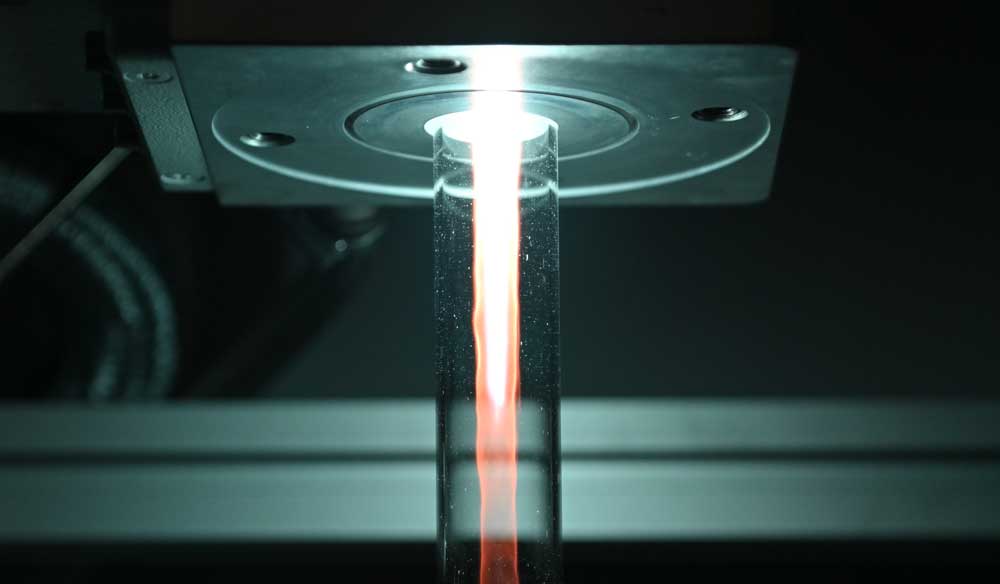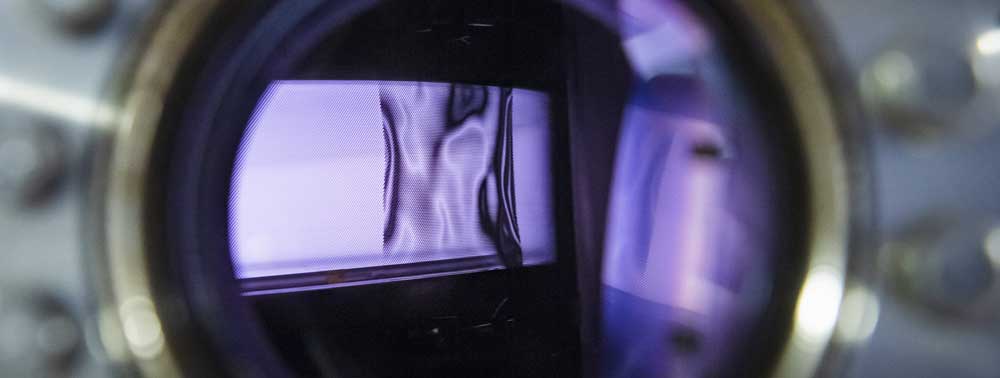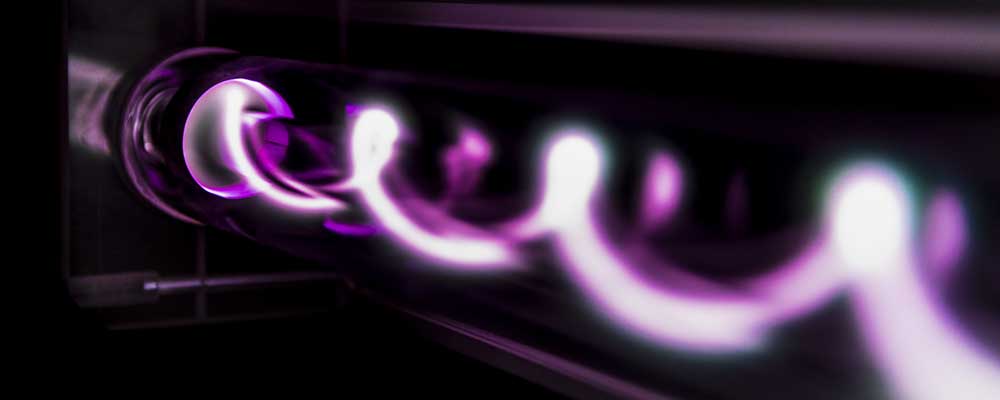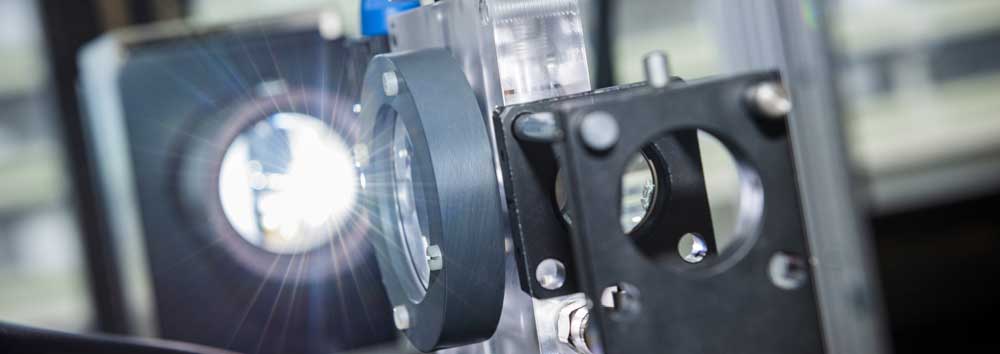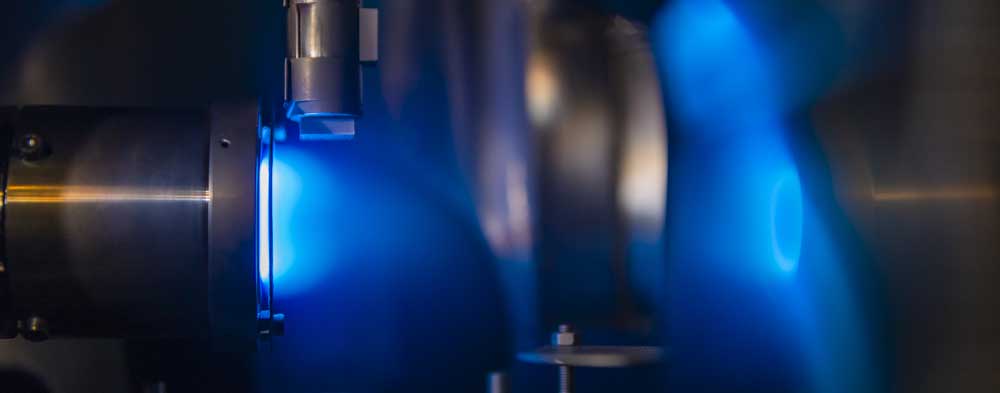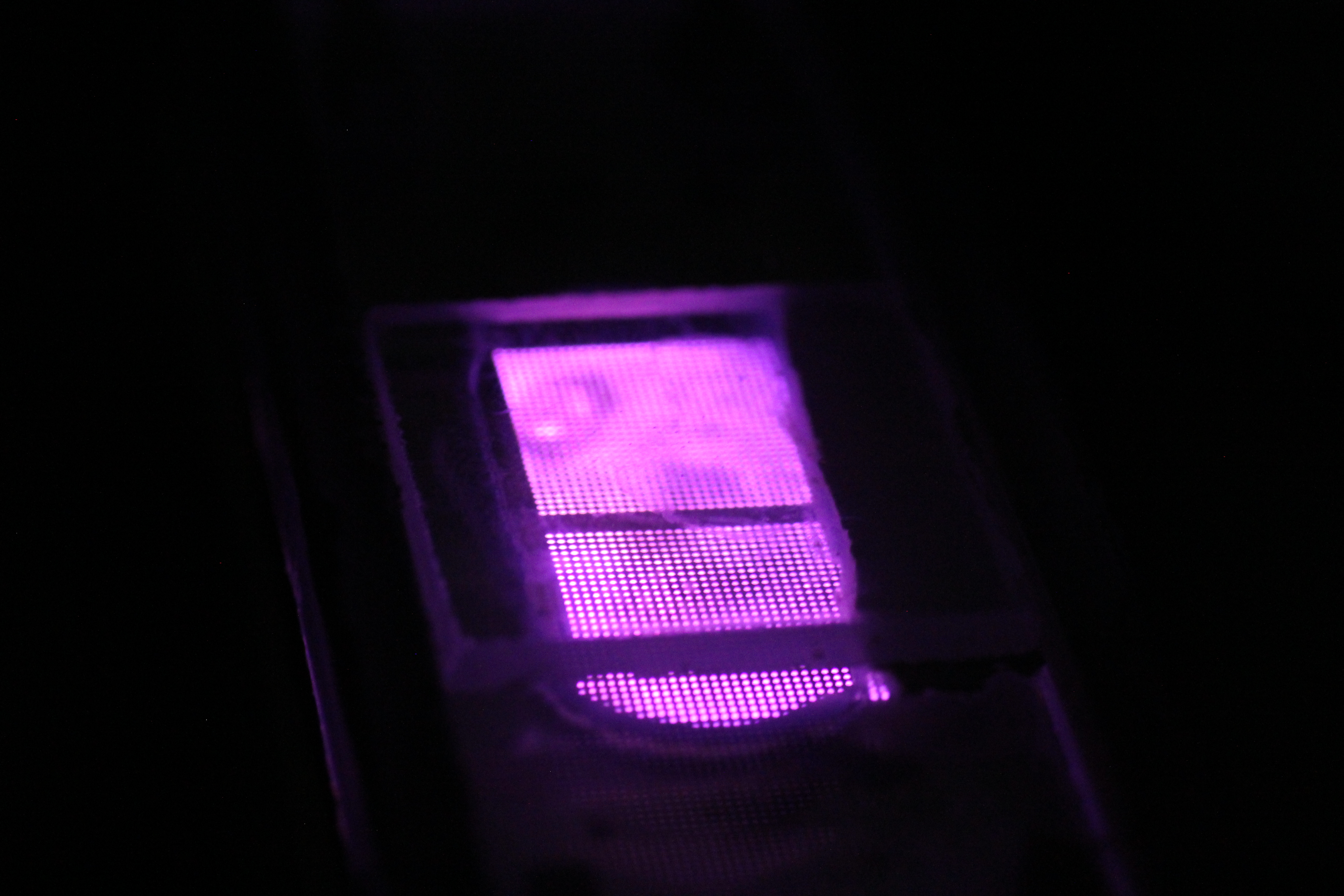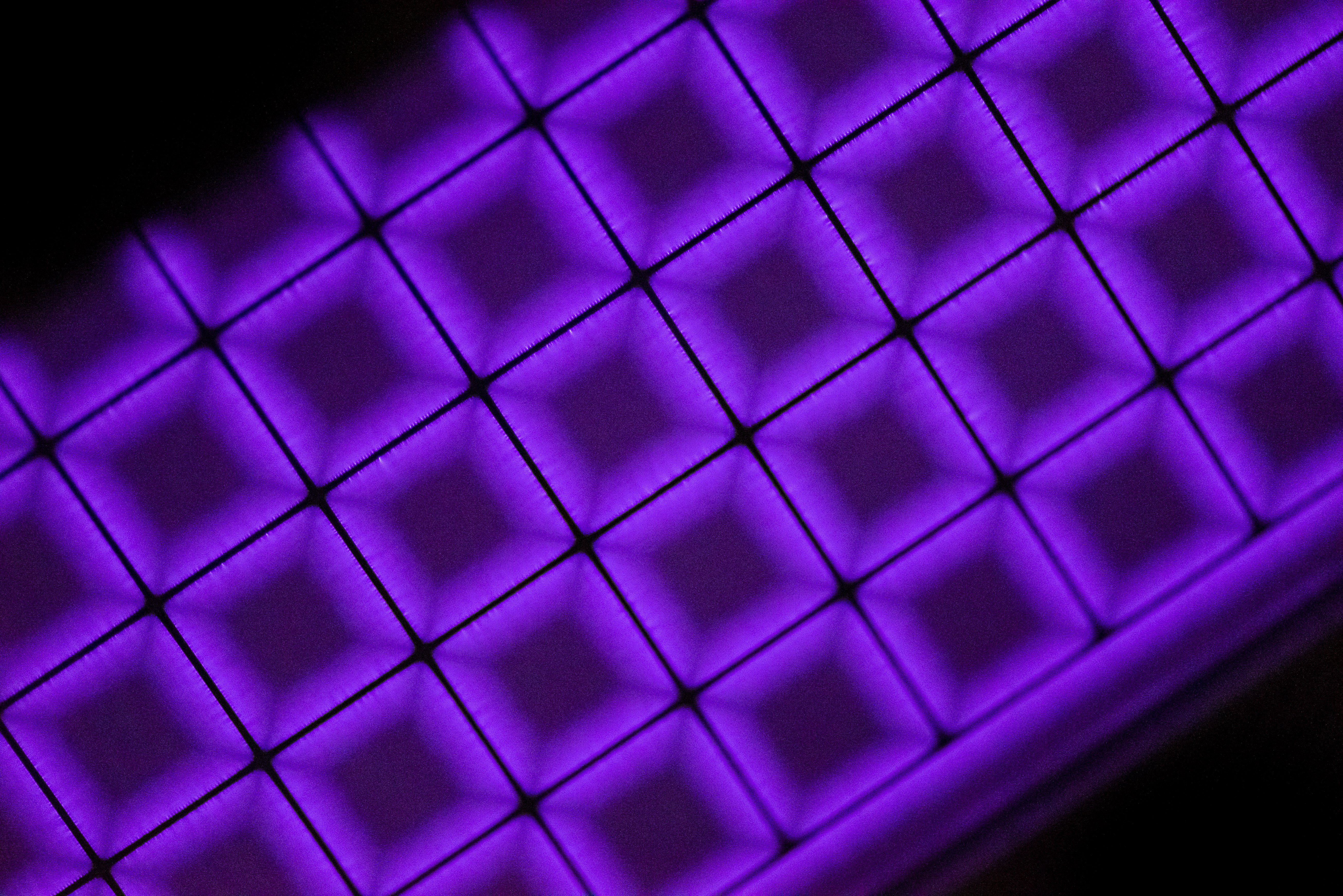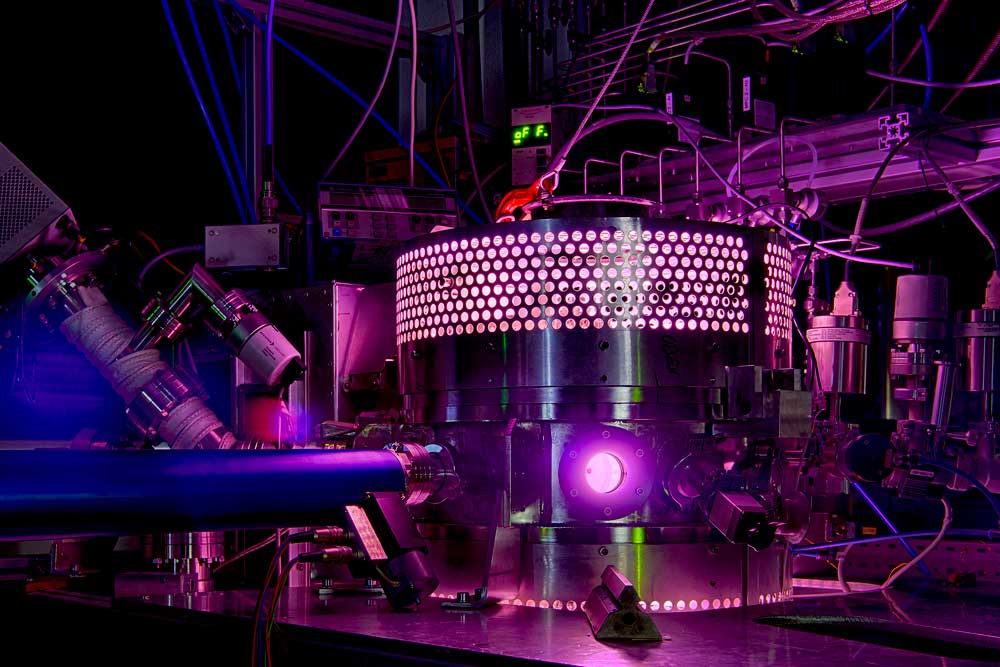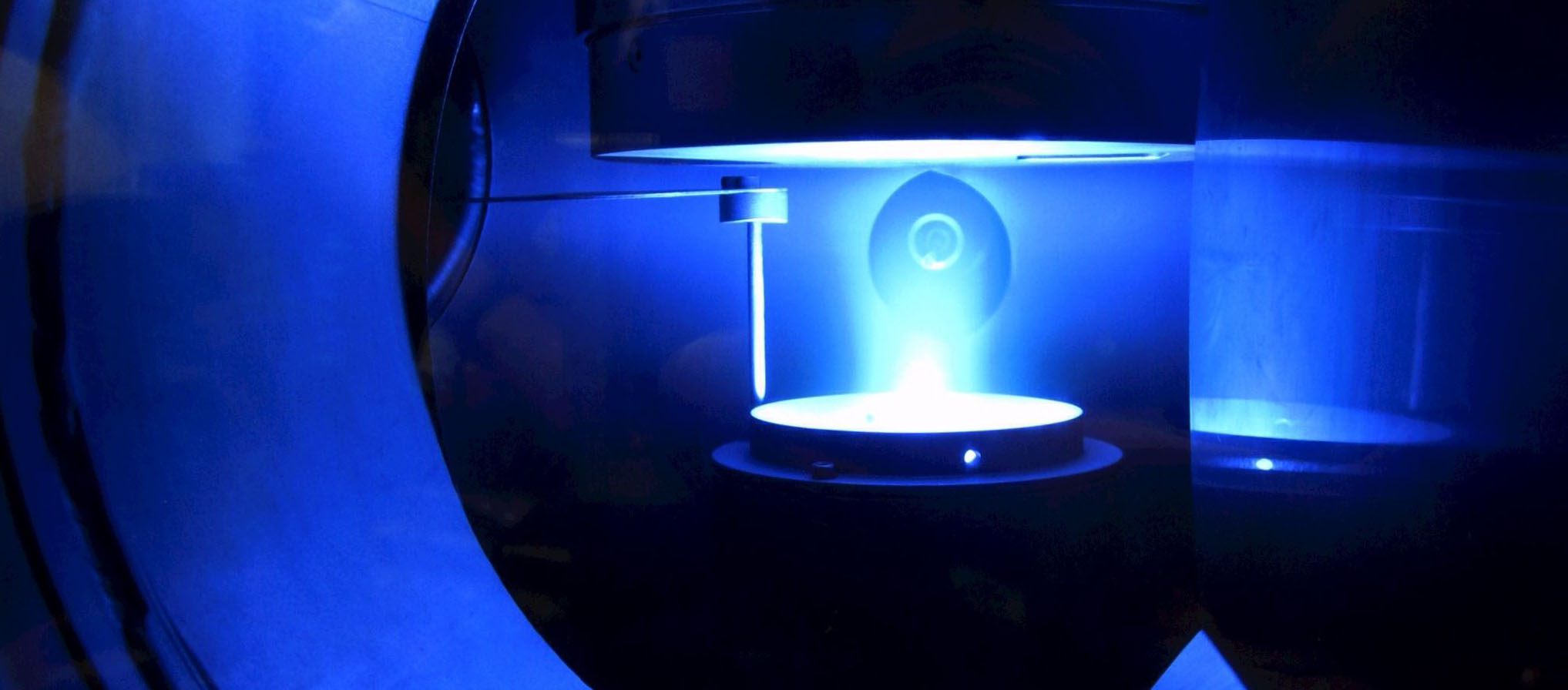- Details
RD PLASMA AT THE ICPIG 2011 CONFERENCE
RD Plasma was also represented at the ICPIG at Queen's University Belfast: PhD students Hendrik Bahre and Daniel Schröder, and PIs Ilija Stefanovic and Volker Schulz-von der Gathen.
The 30th International Conference on Phenomena in Ionized Gases (ICPIG) was held in Belfast, Northern Ireland, on August 28th – September 2nd 2011. The 30th ICPIG covered a wide range of fundamental and applied aspects of ionized gases. This conference emphasised interdisciplinary research and fostered exchange between different communities.
- Details
EUROCVD 18 IN IRELAND
The EuroCVD 18 conference will take place in Kinsale, County Cork, Ireland from the 4th – 9th September 2011. The meeting will be held at the Actons hotel, which is along the harbour at Kinsale. The conference will continue the biannual series of European CVD conferences, which started in Paris (1977). EuroCVD 18 will offer a high quality scientific programme, with invited and contributed lectures by the world’s leading CVD researchers, a comprehensive review of the most recent research on chemical vapour deposition and related topics.
Prof. Roland A. Fischer represents as a member of the International Advisory Board both the Materials Research Department (MRD) and the Research Department Plasmas with Complex Interactions. Prof. Anjana Devi will give an invited talk about "The ‘Old Chemistries’ for New Applications: Perspectives for development of MOCVD and ALD precursors", Prof. Roland A. Fischer will talk about "A Dual Application using Guanidinate and Amidinate Precursors: Lanthanum Oxide and nitride Films by MOCVD", and Daniela Bekermann will talk about "Development of Co3O4-Based Nanomaterials for Gas Sensing Applications". Other research results will be presented on posters by H. Parala, K. Xu, M. Krasnopolski, S. Kim, V. Gwildies, M. Banerjee, and N. Srinivasan.
- Details
20TH INTERNATIONAL SYMPOSIUM ON PLASMA CHEMISTRY IN PHILADELPHIA USA
The 20th International Symposium on Plasma Chemistry was held in Philadelphia USA at Loews Hotel July 24 - 29, 2011. ISPC is a bi-annual international conference with topics encompassing the whole area of plasma chemistry and processing science. The aim of the symposium is to present the recent progress in plasma chemistry and its applications.
The symposium was organized to include plenary lectures, invited and contributed oral presentations, poster sessions, and a special session on Plasma Biology and Medicine. The whole area of plasma processing from fundamentals to applications was covered. The official language of the symposium is English.
Prof. Jörg Winter held a plenary lecture about "Understanding Microplasmas".
- Details
International Workshop on Advanced Electrical Engineering and Related Topics
On July 11 and 12, the "International Workshop on Advanced Electrical Engineering and Related Topics" in Electrical Engineering will have been held jointly with Kyushu University (Japan). The Japanese speakers are Prof. Masanobu Miyao, Prof. Masaharu Shiratani, Prof. Giichiro Uchida, Prof. Kohei Higashigawa, Prof. Hirofumi Watanabe, Prof. Takashi Yoshida and Prof. Terumitsu Tanaka. From RUB, Prof. Uwe Czarnetzki, Prof. Martin Hofmann, Prof. Ilona Rolfes, Prof. Peter Awakowicz, Prof. Ralf Peter Brinkmann and Prof. Nils Pohl are involved.
The talks will take place in ID 04 / 471, the poster session (26 posters) on Monday in ID 04 / 459 starting at 15:00. Interested parties are welcome!
http://www.rd.rub.de/plasma/international/2011/int00015.html
- Details
WORKSHOP ON ADVANCED ELECTRICAL ENGINEERING AND RELATED TOPICS
On July 11 and 12, the "International Workshop on Advanced Electrical Engineering and Related Topics" in Electrical Engineering will have been held jointly with Kyushu University (Japan). The Japanese speakers are Prof. Masanobu Miyao, Prof. Masaharu Shiratani, Prof. Giichiro Uchida, Prof. Kohei Higashigawa, Prof. Hirofumi Watanabe, Prof. Takashi Yoshida and Prof. Terumitsu Tanaka. From RUB, Prof. Uwe Czarnetzki, Prof. Martin Hofmann, Prof. Ilona Rolfes, Prof. Peter Awakowicz, Prof. Ralf Peter Brinkmann and Prof. Nils Pohl are involved.
The talks will take place in ID 04 / 471, the poster session (26 posters) on Monday in ID 04 / 459 starting at 15:00. Interested parties are welcome!
- Details
EUROPEAN PHYSICAL SOCIETY (EPS) - 38TH CONFERENCE ON PLASMA PHYSICS IN STRASBOURG
Die European Physical Society (EPS) veranstaltete in Straßburg die 38th Conference on Plasma Physics vom 27. Juni bis 1. Juli 2011. Das Research Department "Plasmas with Complex Interactions" vertraten dort Prof. Jörg Winter, Prof. Peter Awakowicz und Dr. Ilija Stefanovic.
Prof. Winter war auf der Konferenz in der Funktion des stellv. Vorsitzenden des Vorstandes der EPS Plasma Physics Division, Prof. Awakowicz hielt einen Vortrag über "Fundamental processes in plasma technologies", und Dr. Stefanovic sprach über "Diagnostics of plasma kinetics in dusty plasmas".
- Details
ICMCTF 2011 - 38TH INTERNATIONAL CONFERENCE ON METARLLURGICAL COATINGS & THIN FILMS
Four members of the the Research Department "Plasmas with Complex Interactions" and of the SFB-TR 87 attended the ICMCTF conference in San Diego. The participants were namely Teresa de los Arcos, Carles Corbella, Ante Hecimovic, and Marina Prenzel. Everybody had a contribution to this conference and the presentation had a good resonance, which supports the impact of the research within the RD Plasma respectively SFB-TR 87. As a consequence, new connections to other research groups were established.
- Details
IXTH WORKSHOP ON FRONTIERS IN LOW TEMPERATURE PLASMA DIAGNOSTICS (FLTPD IX)
A group of 11 researchers from the Research Department „Plasmas with Complex Interactions“ and the Research Unit FOR 1123 „Physics of Microplasmas“ participated in the Workshop on Frontiers in Low Temperature Plasma Diagnostics (FLTPD IX) in Zinnowitz, Usedom (Germany). In total they presented a number of 15 contributions including 2 invited and 3 topical talks. The meeting was the IXth in a series of very successful biannual workshops and brought together experts in the field of low temperature plasma diagnostics. It was an important and fruitful opportunity for a new generation of plasma scientists to share and discuss the knowledge of these diagnostics with the leading scientists of this field.
- Details
E-MRS 2011 SPRING MEETING
Prof. Dr. Anjana Devi hatte auf dem E-MRS 2011 Spring Meeting, welches vom 9.-13. Mai 2011 in Nizza, Frankreich stattfand, einen eingeladenen Vortrag über "Rare-earth doped HfO2 films grown by MOCVD and ALD". Hierdurch wurden sowohl das Materials Research Department (MRD) als auch das Research Department "Plasmas with Complex Interactions" repräsentiert.
Resume: Doping of rare-earth metal oxide in HfO2 has gained considerable interest especially for higher permittivity (k) dielectrics in logic and memory devices. The doping is intended to increase the crystallization temperature, stabilize the cubic phase of HfO2 and reduce the leakage currents. Another promising area is that the Gd doping of HfO2 could lead to a dilute magnetic semiconductor. Atomic layer deposition (ALD) and metalorganic chemical vapor deposition (MOCVD) are preferred techniques for growing high quality layers especially for the above mentioned applications. In this presentation, we have demonstrated the growth of rare-earth doped HfO2 films by ALD and MOCVD using the guanidinate class of precursors which possess the prerequisites for ideal ALD and MOCVD processes. The crystalline structure, microstructure and composition of the films were investigated by means of several techniques that include XRD, SEM, AFM, RBS, XPS and AES. The XRD analysis reveals that Gd doping stabilises the higher-k tetragonal phase. Optical measurements were carried out using ellipsometry and Raman spectroscopy and finally the electrical measurements were performed.
- Details
JUN.-PROF. JAN BENEDIKT GIVES AN INVITED TALK AT SVC TECHCON 2011
The mission of the Society of Vacuum Coaters is “to promote technical excellence by providing a global forum to inform, educate, and engage the members, the technical community, and the public on all aspects of vacuum coating, surface engineering and related technologies.“ Part of this mission is a yearly organization of a TechCon conference, where experts from the academy and industry can present their work and meet each other. This year, the conference has been held in Chicago from April 16th – 21st and was featuring two symposia: Manufacturing and Technology for Thin Film Photovoltaics and Coating Advances and its Impact on the Future of the Vacuum Coating Industry. One of the traditional sessions was also devoted to High Power Impulse Magnetron Sputtering, a topic of the SFB-TR 87. Jun.-Prof. Jan Benedikt was invited to give a talk with the title "Diagnostics of Low and Atmospheric Pressure Plasmas by Means of Mass Spectrometry" in the Plasma Processing session of the conference.
Society of Vacuum Coaters
- Details
4th Internal Workshop of FOR 1123
The fourth internal workshop of the research group FOR 1123 "Physics of Microplasmas" has been held on April 16-17, 2011 at Schlosshotel Eringerfeld. The aim of the workshop is to prepare the renewal application of FOR 1123.
http://www.for1123.rub.de/FG1123/
